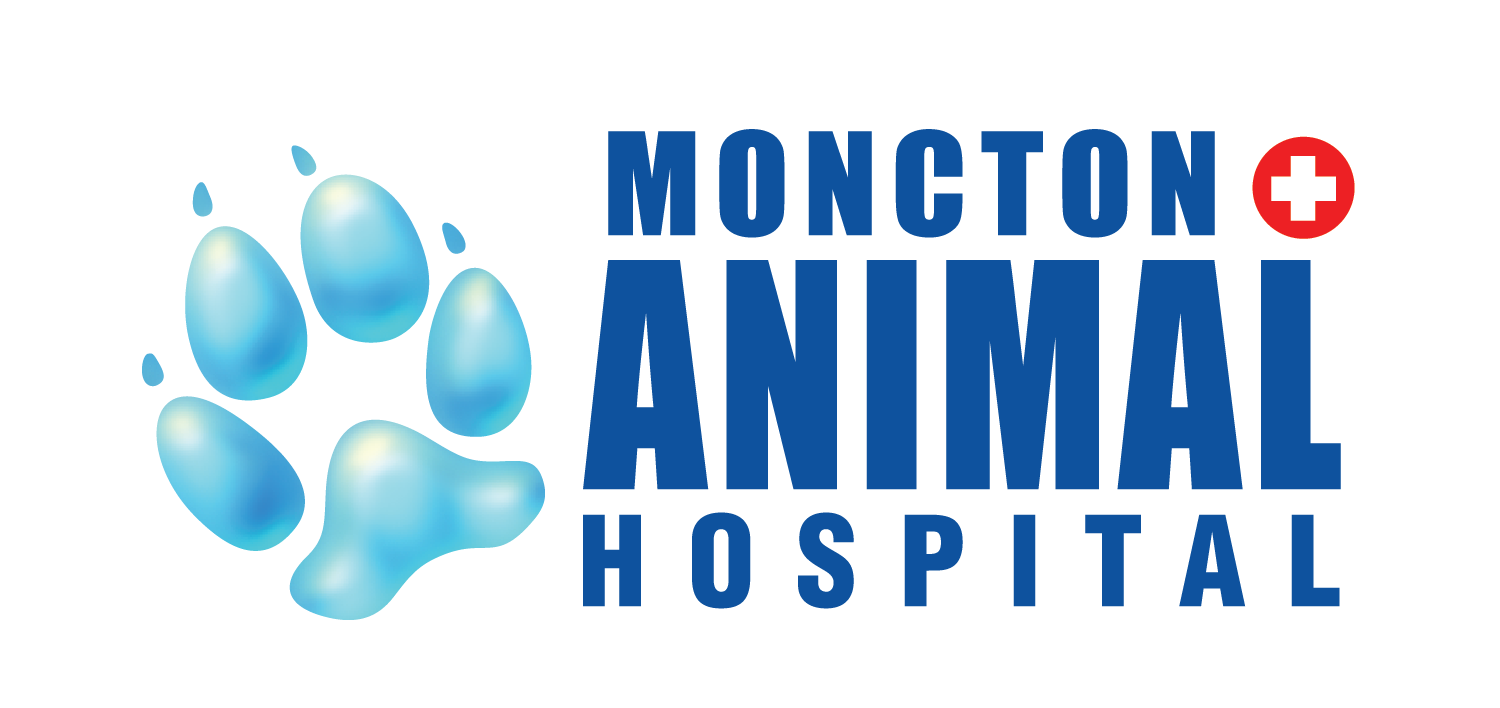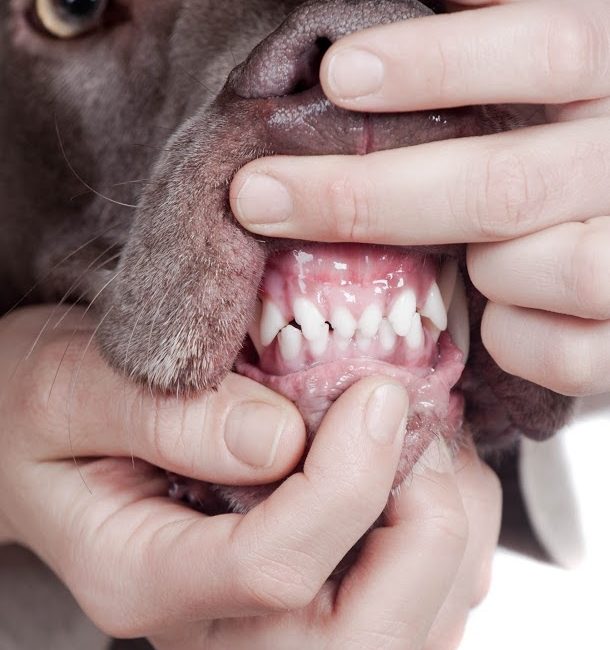Veterinary Medicine is getting more and more advanced every year. We are learning so much about how to keep our furry friends healthy and happy. We discussed in a previous blog how important dental and oral health, examination, and treatments are. But what do we do when we perform these “Dentals”? There is no big secret, but there are a lot of steps and concerns that we think about in the two-hour-plus procedure.
Step One: Sedation
We perform a full examination after your pet is dropped off, and formulate the healthiest selection of medication to make your pet sleepy and less stressed. This medication is given by injection. The best possible scenario involves having blood results and possibly other diagnostic tests before we give any medication to help select the best treatment for each individual pet.
Step Two: Induction and Evaluation
Once your baby is sleepy, we place an intravenous (IV) line of fluids to provide hydration, medications like pain control if extractions are needed, supplements/electrolytes, and support if their blood pressure drops or allergic reactions occur. We use the same medication as human anesthesiologist use, and once your pet is asleep, we perform a full oral exam. We count teeth, mark any rotation or abnormalities, look at the gums, tongue and tonsils, and determine if there are any spots or odd teeth that need to be radiographed or focused on.
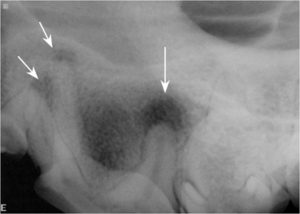
Step Three: Radiographs
If there are any teeth that look suspicious, or even better, if we are allowed by the owner to take full-mouth radiographs, we are able to assess if any teeth are infected or damaged below the gum line. These full-mouth radiographs involve taking a picture of every tooth and their root, just like what we have done at the human dentist. There have been many times where we have teeth that look healthy, but like a large iceberg, they are actually diseased deep within the gums and jaw bone. This is important to address immediately to prevent lingering tooth pain or recurrence of disease after the dental cleaning and treatments are done.
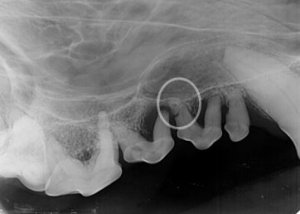
Step Four: Scaling
We perform multiple levels of scaling, or removal of bacteria, plaque and tartar from the teeth. First, we use an ultrasonic scaler to break off any large chunks of tartar. Then we hand scale every tooth on all sides to remove the plaque. Then comes subgingival scaling, or the removal of any plaque or tartar below the gum line for and additional 3 mm. This helps prolong prevention of plaque and tartar re-accumulation.
Step Five: Removal or Treatment
If there are any teeth that have root exposure, infection or gum loss, we evaluate if the tooth needs to be removed or if another treatment option (root canal, etc) is possible. This treatment is then performed.
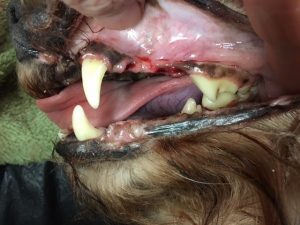
Step Six: Polish and Fluoride Treatment
Finally, we polish all parts of the teeth and provide a fluoride treatment that is rinsed off well. This leaves their teeth minty fresh!
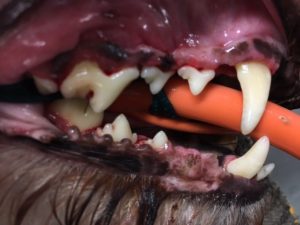
Written by Moncton Animal Hospital
